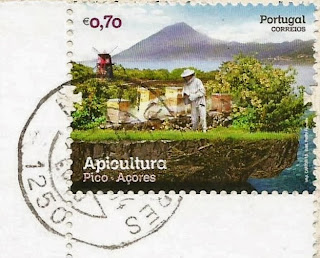http://whc.unesco.org/en/list/1053
The wooden churches of southern Little Poland represent outstanding examples of the different aspects of medieval church-building traditions in Roman Catholic culture. Built using the horizontal log technique, common in eastern and northern Europe since the Middle Ages, these churches were sponsored by noble families and became status symbols. They offered an alternative to the stone structures erected in urban centres.
The World Heritage site comprises eight wooden churches:
1- The Church of the Archangel Michael- Binarowa
2- The Church of All Saints - Blizne
3- The Church of the Archangel Michael - Debno
4- The Church of the Blessed Virgin Mary and Archangel Michael - Haczow
5- The Church of St Peter and St Paul - Lachowice
6- The Church of St Leonard - Lipnica Murowana
7- The Church of St John the Baptist - Orawka
8- The Church of St Philip and St James the Apostles - Sekowa
Postcard 1 : The Church of the Archangel Michael (Debno)
The Church of the Archangel Michael (Debno) is first mentioned in 1335. The present building, the second on the site, dates from the late 15th century. This church has a unique example of medieval decorations. The ceiling and the interior walls are painted using stencils from the 15th and 16th centuries. The decoration contains more than 77 motifs: architectural recalling Gothic forms, animal, human and religious.
Sender: maryellie, Sent on: 9 Nov, 2013, Received on: 21 Nov, 2013, Travel time: 12 days












































.jpg)




